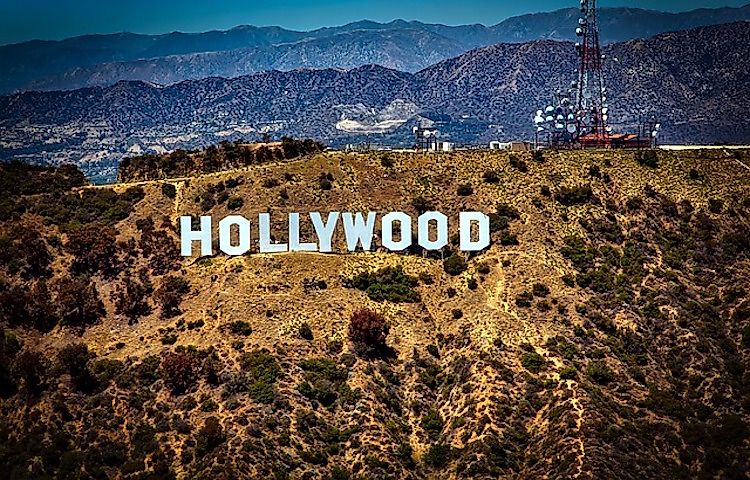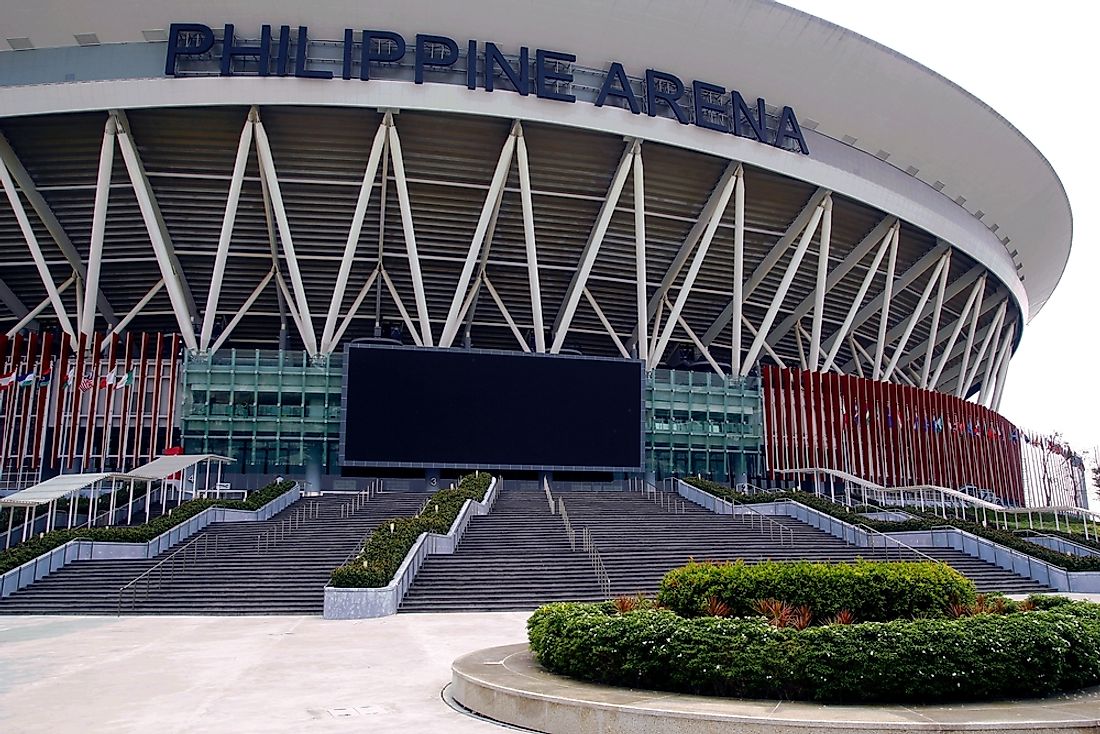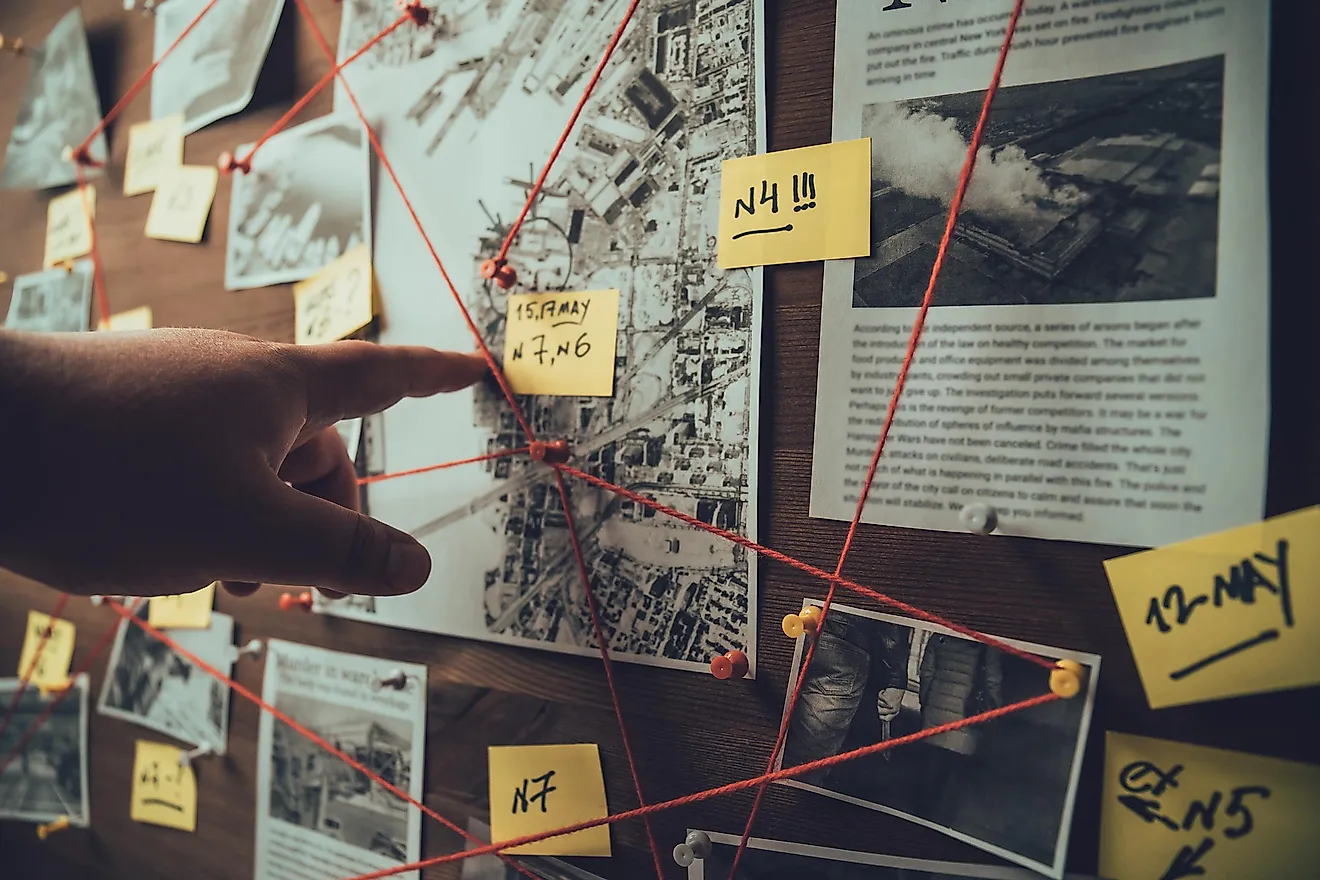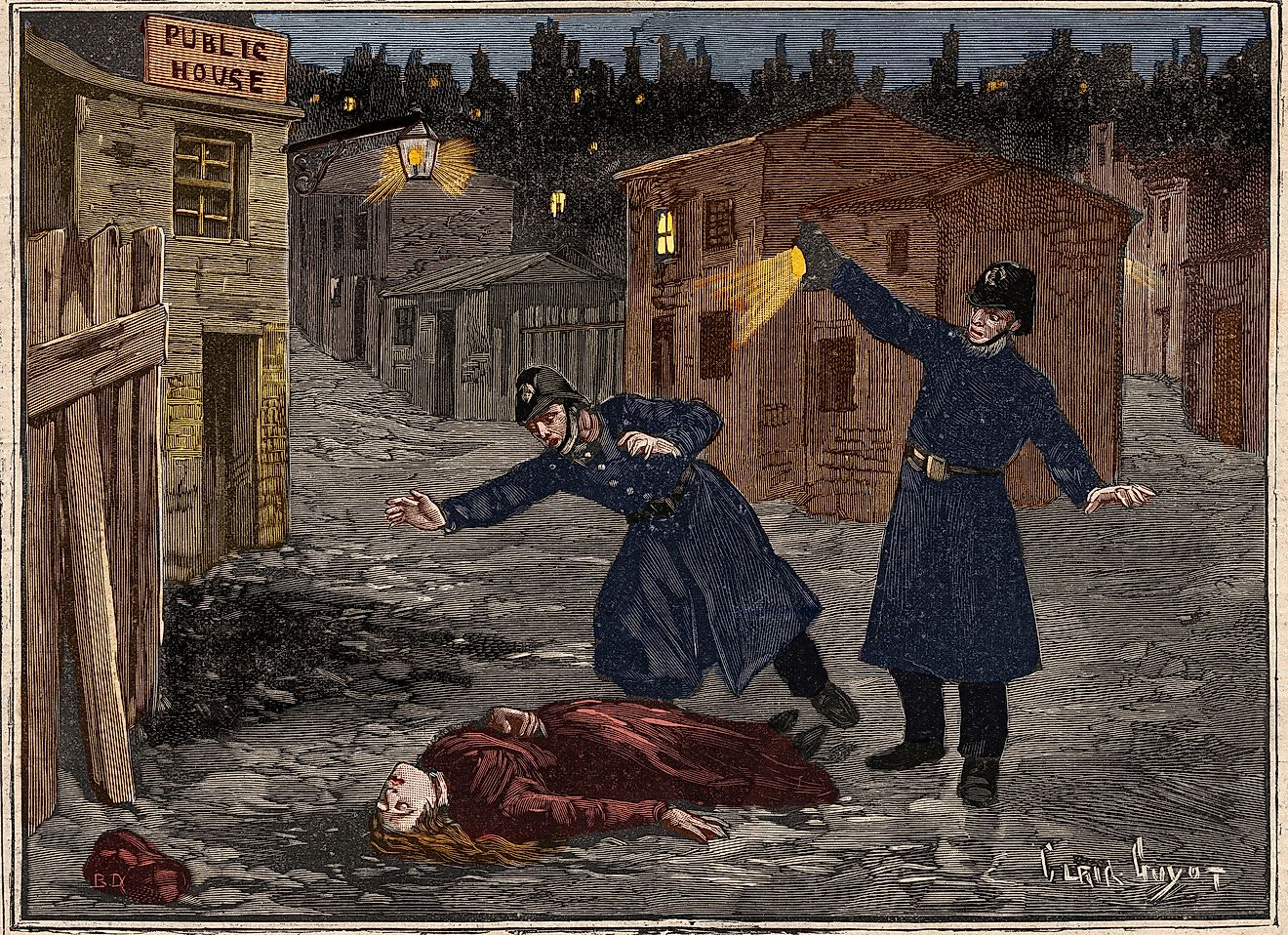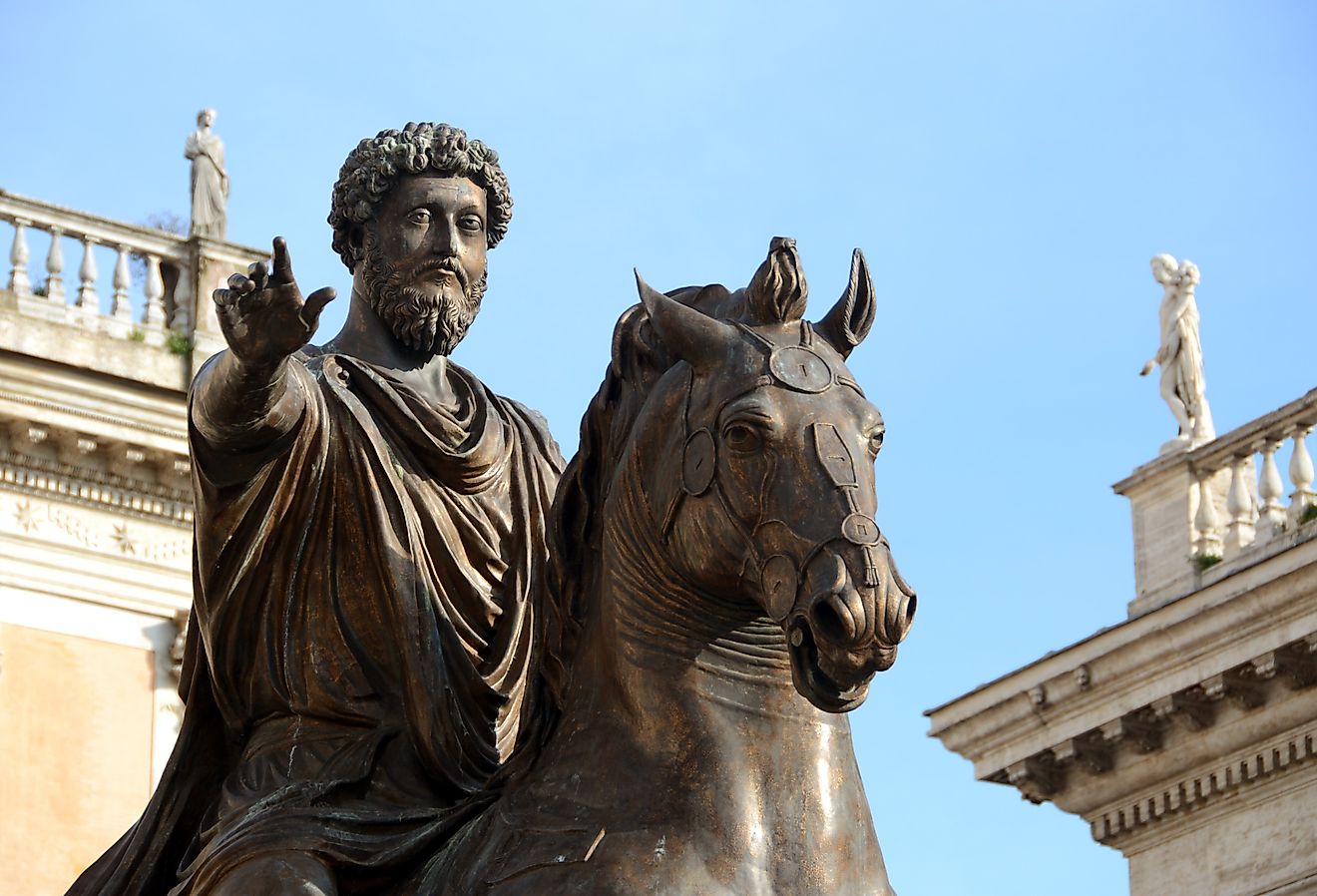What Was the League of Nations?

The League of Nations was the institution which preceded the United Nations. It operated between 1920 and 1946, and it brought together about 58 member states at its greatest height. The League of Nations is identified as the first international body to be formed with a specific aim to maintain world peace.
Historical Background
The need for a peaceful community of nations had been outlined as far back as 1795 in ‘Perpetual Peace: A Philosophical Sketch' by Immanuel Kant. Kant had proposed the establishment of a league of nations whose aim would be to manage conflicts between states and facilitate peace. After the Napoleonic wars of the 19th century, the Concert of Europe was created by the continent's primary conservative powers as a mechanism for dispute resolution. The International law was subsequently established. President Theodore Roosevelt is recognized as the first American President to campaign for the creation of an international league. The Inter-Parliamentary Union was created in 1889 by the peace activists Frédéric Passy and William Randal Cremer to encourage governments to resolve international conflicts by peaceful methods. At the start of World War one, advocates for an international league began to gain public support. In the UK, Goldsworthy Lowes Dickinson and Lord Bryce founded the Bryce Group, later renamed the League of Nations Union. The League to Enforce Peace began operating in the US in 1915. It was not until 1920 however that the League of Nations was established after much deliberation during the Paris Peace Conference. The body held its initial council meeting on January 16, 1920, in Paris.
Principal Organs Of The League Of Nations
The primary constitutional organs of the body were the Assembly, the Council, as well as the Permanent Secretariat. Additional two important wings were established namely the International Labor Organization and the Permanent Court of International Justice. The Assembly was made up of representatives of all members of the body, where each member was entitled for up to three representatives in addition to one vote. The Assembly met annually in September in Geneva. The Assembly was empowered to admit new states and control the budget among other functions. The Council initially had four permanent members namely Great Britain, Japan, France, and Italy, and four-non-permanent members. The Council's composition however changed several times. The Council served as a type of executive institution directing the activities of the League. The Permanent Secretariat was a body of experts in certain spheres overseen by the general secretary. The body's primary sections included Health, Legal, Political, Information, Social, Transit, Disarmament, and Financial and Economics. The League of Nations also had auxiliary agencies and commissions.
Resolving Territorial Disputes
The League of Nations was formed at a critical point that is in the aftermath of World War I. It assumed a central role in resolving such disputes as the Åland crisis. The Åland islands, which are a cluster of an estimated 6,500 islands in the Baltic Sea, were a cause of dispute between Finland and Sweden. The League intervened and assigned the islands to Finland. Other disputes which the League intervened on include Upper Silesia, Memel, Mosul, Hatay, Vilnius, Saar, and Albania.
General Weaknesses Of The Organization
The League of Nations had been primarily established to prevent another world war but the onset of the Second World War diminished this hope. The institution faced several hurdles in its quest to facilitate world peace. First, many nations did not join while others were members only for a short time. The United States was perhaps the most conspicuous of the absentees. The League was slow in coming to resolutions as they required the consent of multiple members. There was also a contradiction between the concept of collective security and international relations between member states. The League of Nations further depended on the Great Powers to implement its resolutions since it did not have an armed force. The powers were however hesitant to use military actions and enforce sanctions on behalf of the League.
